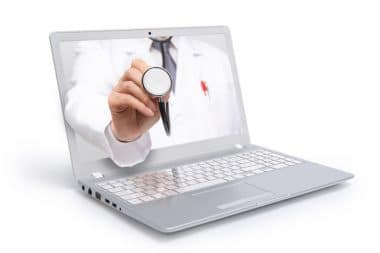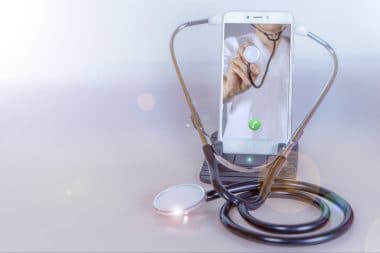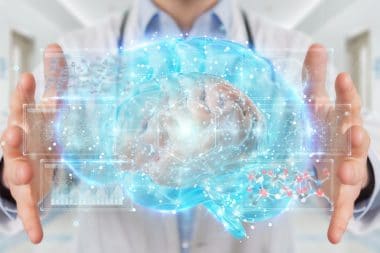People have been avoiding going to the dentist because of several reasons. Some people have had painful and unpleasant experiences while other people don’t like having strangers prodding and probing in their mouths. Some will also be worried about what their local Peabody dentist will say after taking a look at their mouths, while others will think dental work is too expensive.
In the increasing demand world, patients might find it difficult to take time off their schedule to visit a dentist. Therefore, dentist practices should alleviate the patient’s concern. Dentists might need to help patients make the dental visit a priority by emphasizing issues like early intervention which can ensure less costly and quicker resolution to a dental problem.
Improvements in technology have helped patients make dental visits faster with a more pleasant experience for patients. Dental visit fear has been lessened with new modern technology developments that has modified both our workplaces and homes.
The following are ways of how technology is shaping the future of dentistry:
Digital Dentures
Prior to modern advancements, dentures took a long time to make and people had to make several dental trips to get impressions made and a comfortable placement. It always took trial and error to get the perfect fit. The process was a bit grueling. With the advent of Computer-aided manufacturing (CAM) and Computer-aided design (CAD) dental technicians can develop new dentures out of material discs in a fraction of a minute. These new technologies can complete a prosthesis in just a few steps making everything easier and quicker.
Augmented Reality
The majority of people will think of video games when it comes to virtual reality. However, this is just the beginning of an incredible discovery of this technology in modern medicine. Augmented reality will let you explore computer-generated images of the patients’ teeth. It will be very necessary for future dentists in their training.
Dental Implant Surgery Using Robotics
The most common way to help a patient restore their teeth is through dental implants. The advantages to dental implants over dentures is huge. Dental implants look like and feel like your own teeth, you care for them as you would a real tooth, they are durable and comfortable.
Current dentistry depends heavily on drills during an implant. However, this is starting to change. With modern technology, a robotic program with computerized navigation provides sensory information and holds the drill in position. The robotic technology assists by giving feedback. The benefit of robotics is increased accuracy and precision resulting in better results.
Computer Assisted Design and 3D Printing
There is no introduction needed for 3D because of the buzz it generated in the health system a while ago with its ability to print medicine, organ replicas, and prosthetics. It was addressed during this COVID crisis to bypass the supply chain in meeting hospital demands. Technology is set to be an important part of healthcare practice as well as dentistry. Traditionally, when a client needs a crown, a dentist must fashion a temporary crown and make a mold of the tooth and wait for the dental lab to make a permanent one. With CAM/CAD technology, the tooth is drilled in readiness for the crown and using a computer a picture is taken. The image is relayed to a machine that makes the crown.
Continuous Liquid Interface Production (CLIP)
3D printing is slow; therefore, the CLIP could make it a bit faster. 3D takes a longer time because the 3D printer will need time to replenish materials, cure the materials, and reposition it. CLIP allows a solid object to grow out of a liquid bath.
Tele-Dentistry
The services of tele-dentistry provide easier and cheaper access to dental and oral care. It allows patients to consult with the medical professionals who are otherwise unavailable. Tele-dentistry allows patients to capture images and send information to a dentist remotely and have a live consultation. The dentist might conduct a live video with the caregiver and the patient; so the patient can access medical help.
Final Takeaway
It is remarkable how there are more and more technological innovations that will be at our disposal either from upgrading as a professional or improving the oral health of a patient. The medical future task is to follow the latest technological advancement, and keep up with the ever changing health care advances.
With the help of these advancements, the dentist can now access the issues patients are facing quickly and determine the treatment accurately. Patients have fewer reasons to dread dental trips. With time treatments will become more efficient and can be performed with technical precision.








Reply